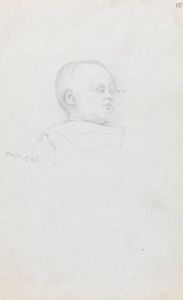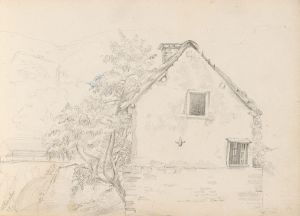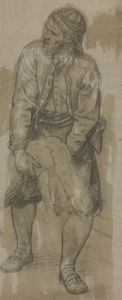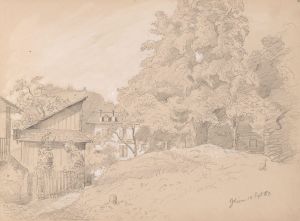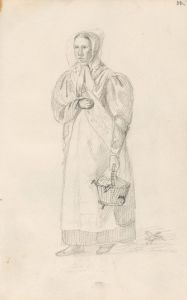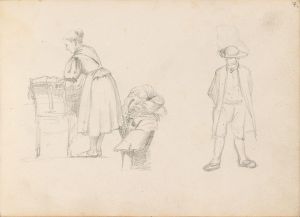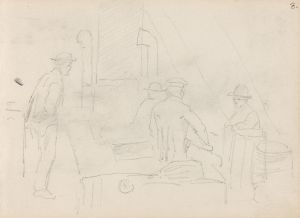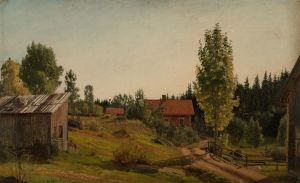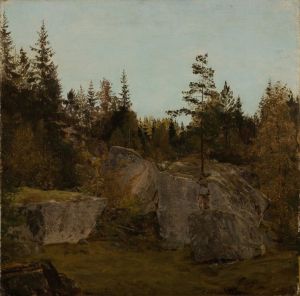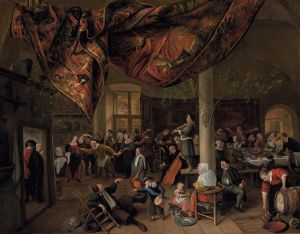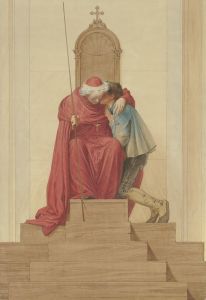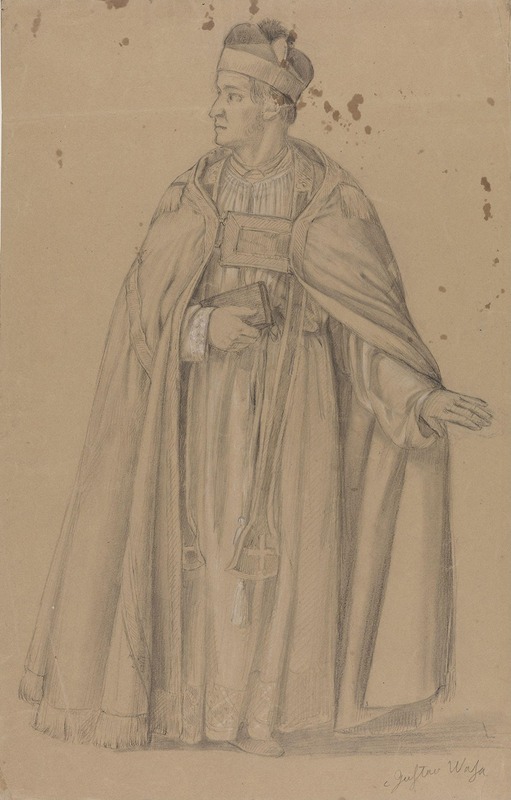
Priest
A hand-painted replica of Adolph Tidemand’s masterpiece Priest, meticulously crafted by professional artists to capture the true essence of the original. Each piece is created with museum-quality canvas and rare mineral pigments, carefully painted by experienced artists with delicate brushstrokes and rich, layered colors to perfectly recreate the texture of the original artwork. Unlike machine-printed reproductions, this hand-painted version brings the painting to life, infused with the artist’s emotions and skill in every stroke. Whether for personal collection or home decoration, it instantly elevates the artistic atmosphere of any space.
Adolph Tidemand was a prominent Norwegian painter in the 19th century, known for his detailed and culturally rich depictions of Norwegian life and traditions. One of his notable works is "Priest," which reflects his interest in capturing the essence of Norwegian culture and the role of religion in society.
Adolph Tidemand was born on August 14, 1814, in Mandal, Norway. He studied art in Copenhagen and later in Düsseldorf, Germany, where he became associated with the Düsseldorf school of painting. This movement was characterized by its attention to detail, realistic portrayal of subjects, and often a focus on historical and genre scenes. Tidemand's work is often celebrated for its ethnographic accuracy and its ability to convey the spirit of Norwegian rural life.
"Priest" is one of Tidemand's works that exemplifies his focus on Norwegian cultural themes. Although specific details about the painting "Priest" are not extensively documented, Tidemand's oeuvre often includes depictions of clergy and religious life, reflecting the significant role of the church in 19th-century Norwegian society. His paintings frequently portray priests as central figures in community life, emphasizing their influence and the respect they commanded.
Tidemand's interest in religious themes can be traced back to his broader fascination with Norwegian folklore, customs, and the everyday life of its people. His paintings often serve as visual narratives that document the traditions and social structures of his time. Through his art, Tidemand sought to preserve and celebrate Norwegian cultural identity during a period of national romanticism, when there was a growing interest in defining and appreciating Norway's unique cultural heritage.
In his works, Tidemand often employed a realistic style, paying close attention to the details of costume, setting, and expression. This meticulous approach not only added authenticity to his depictions but also helped convey the emotional depth and dignity of his subjects. His portrayal of priests and religious scenes is no exception, as he captured the solemnity and reverence associated with religious practices.
Tidemand's paintings, including "Priest," are part of a larger body of work that has been instrumental in shaping the visual representation of 19th-century Norway. His art provides valuable insights into the cultural and social dynamics of the time, offering a window into the lives of ordinary Norwegians and the institutions that shaped their communities.
Adolph Tidemand passed away on August 25, 1876, but his legacy endures through his contributions to Norwegian art and cultural history. His works continue to be celebrated for their historical significance and artistic merit, and they remain an important part of Norway's national heritage. While specific information about the painting "Priest" may be limited, Tidemand's broader body of work ensures his place as a key figure in the documentation and celebration of Norwegian culture through art.






